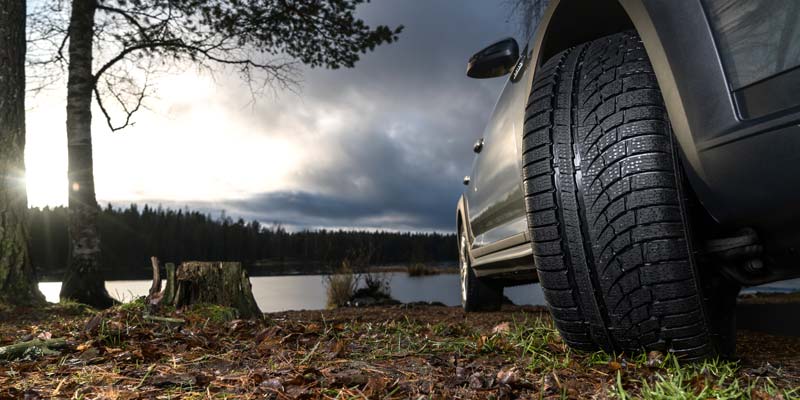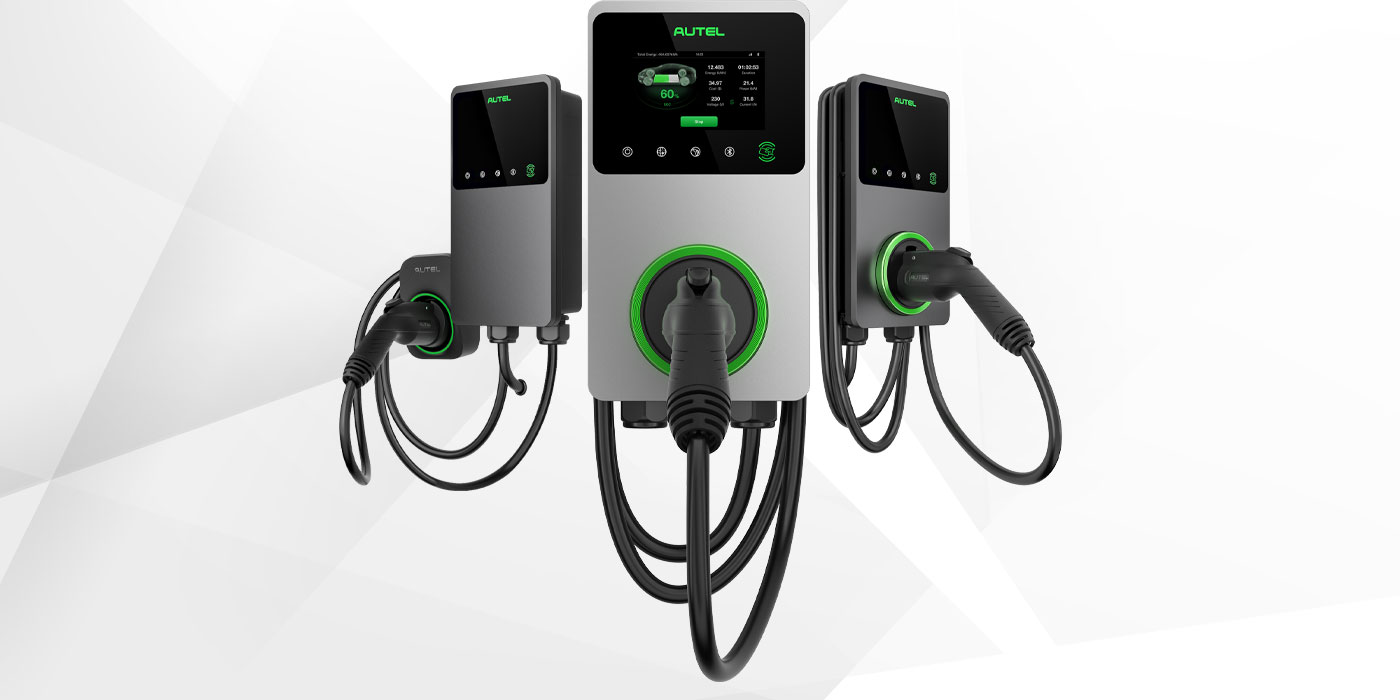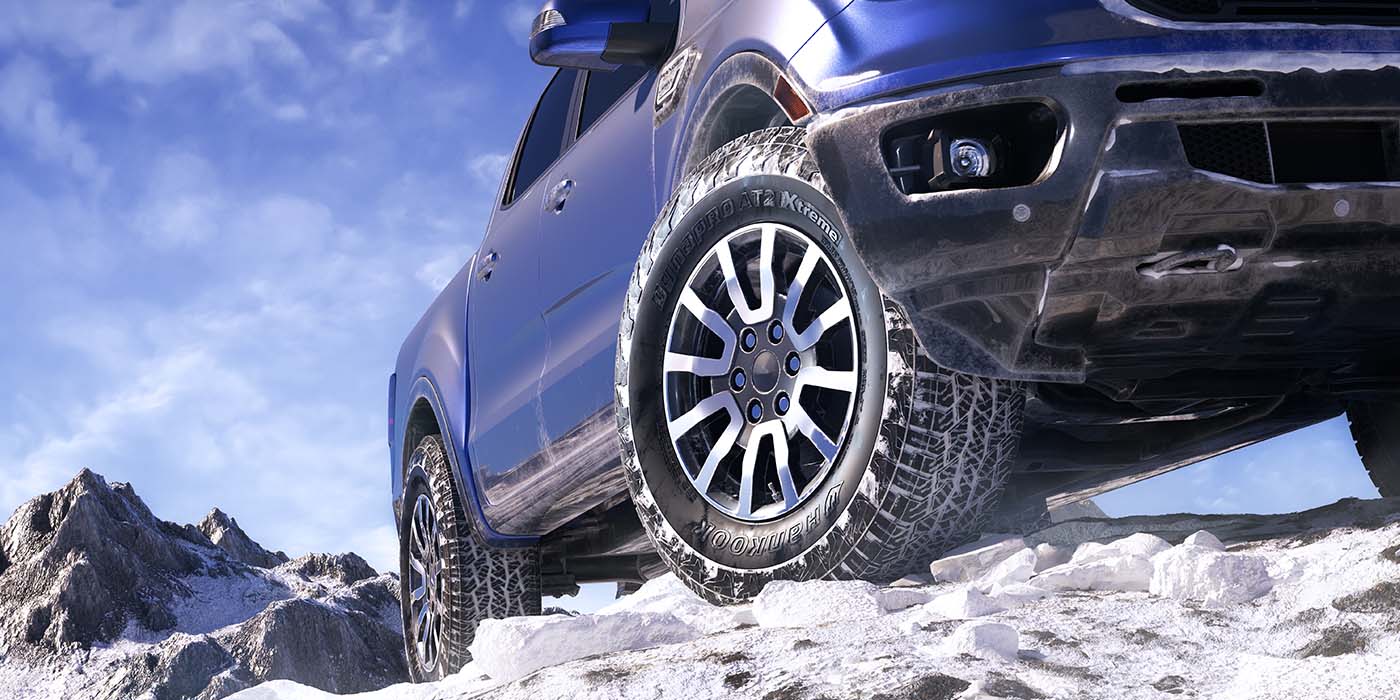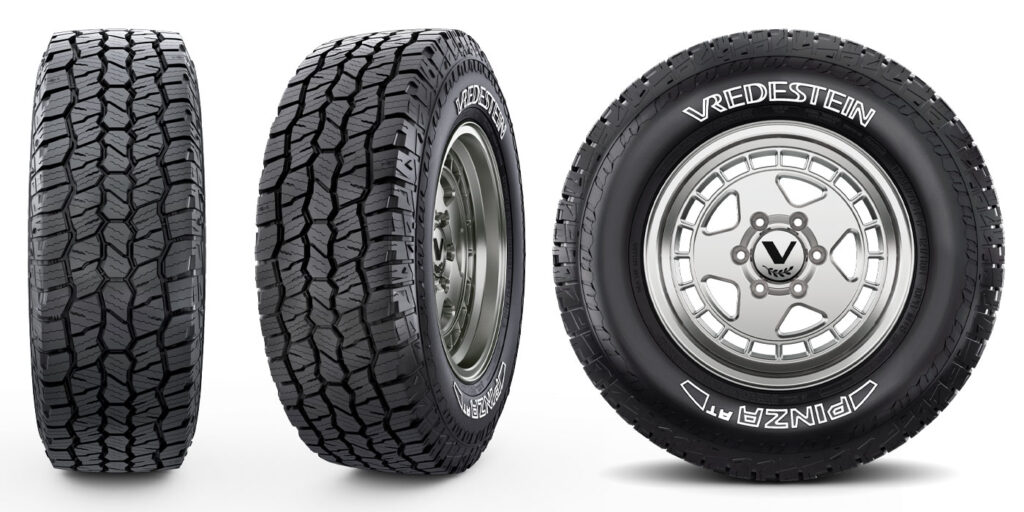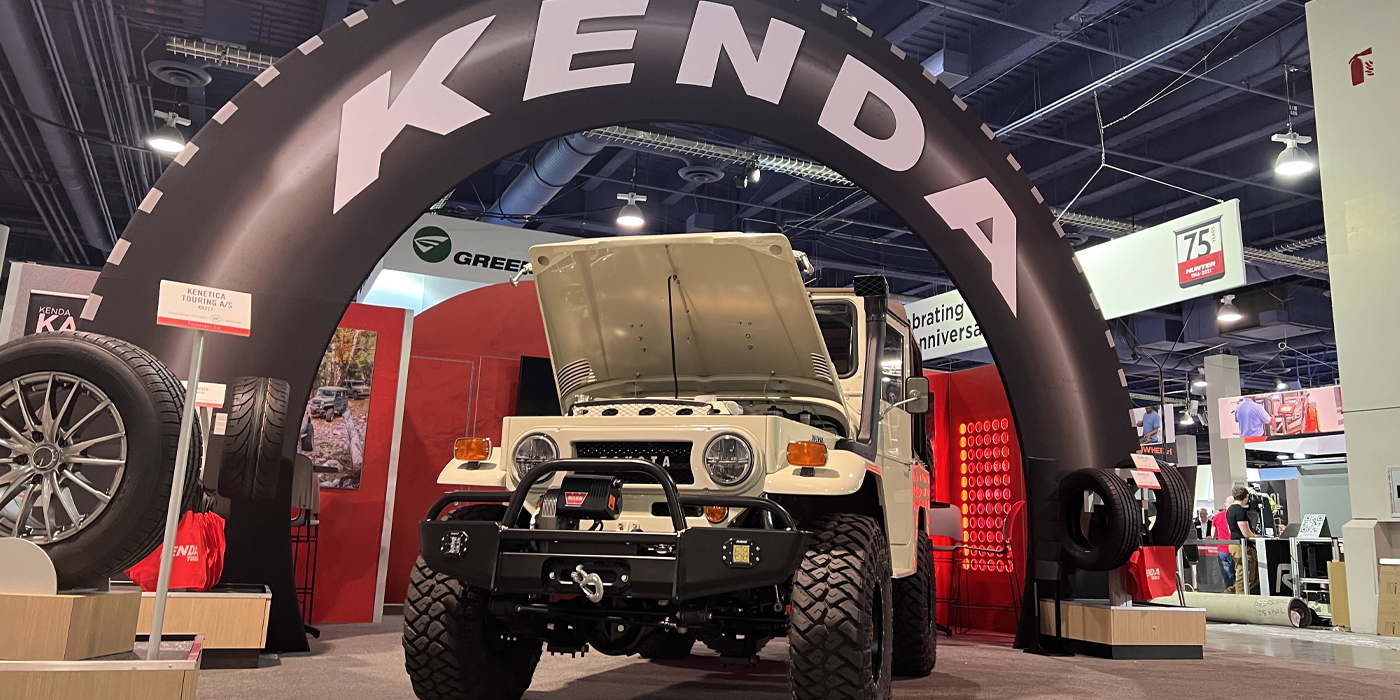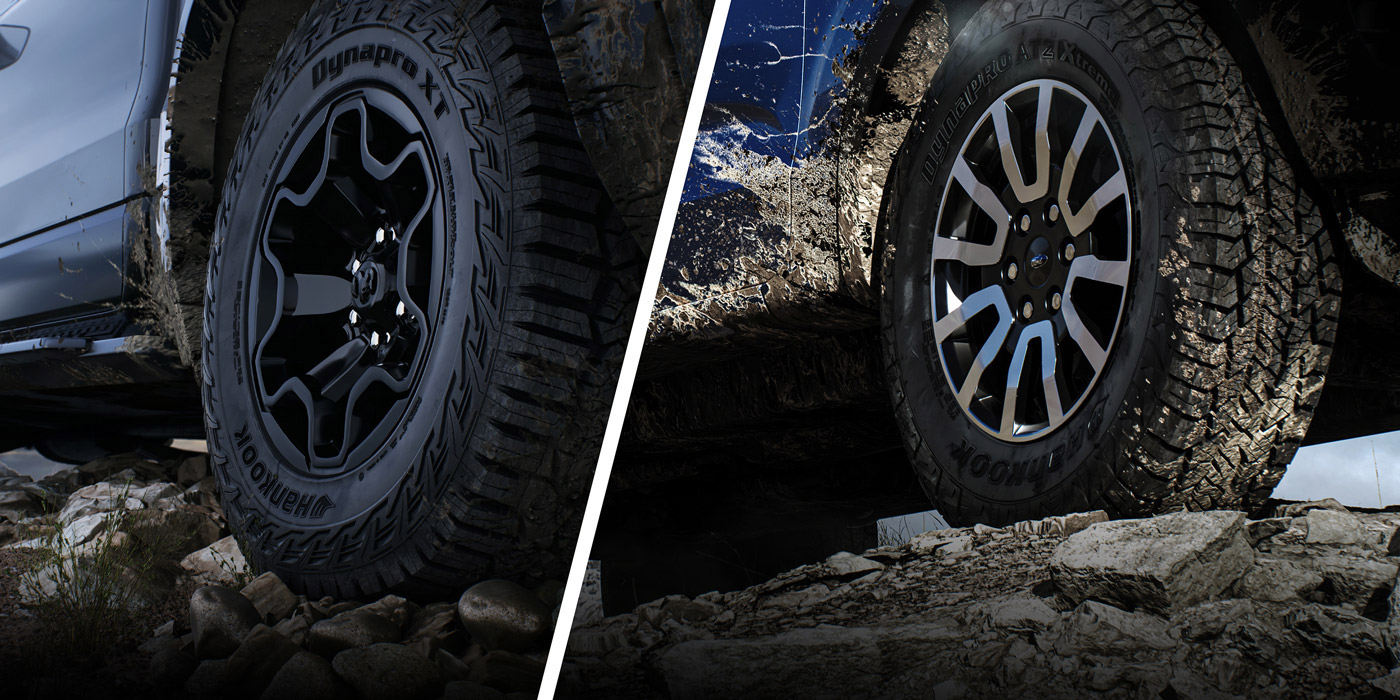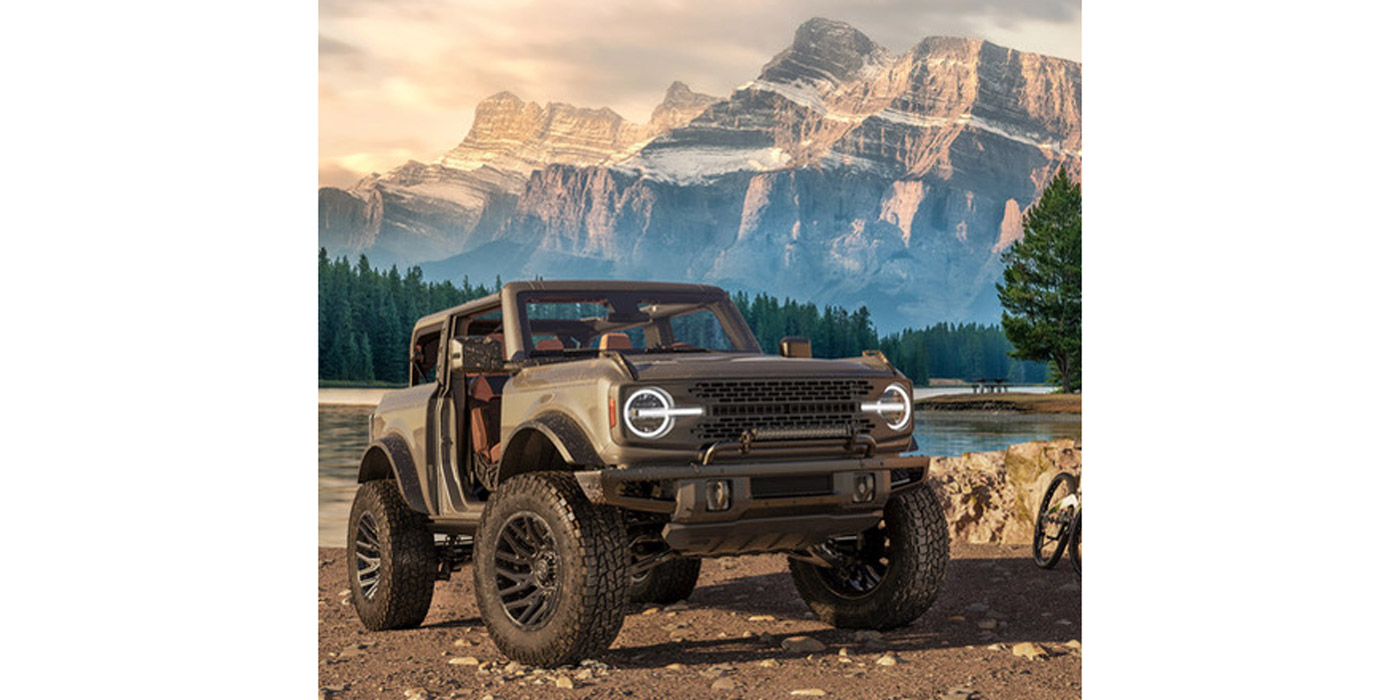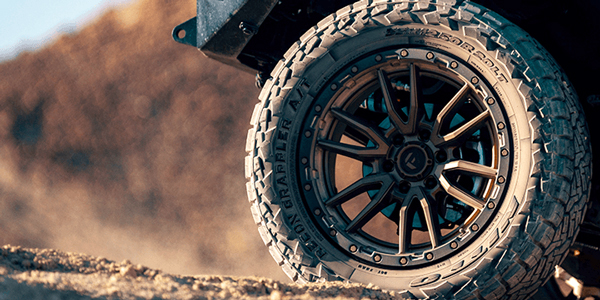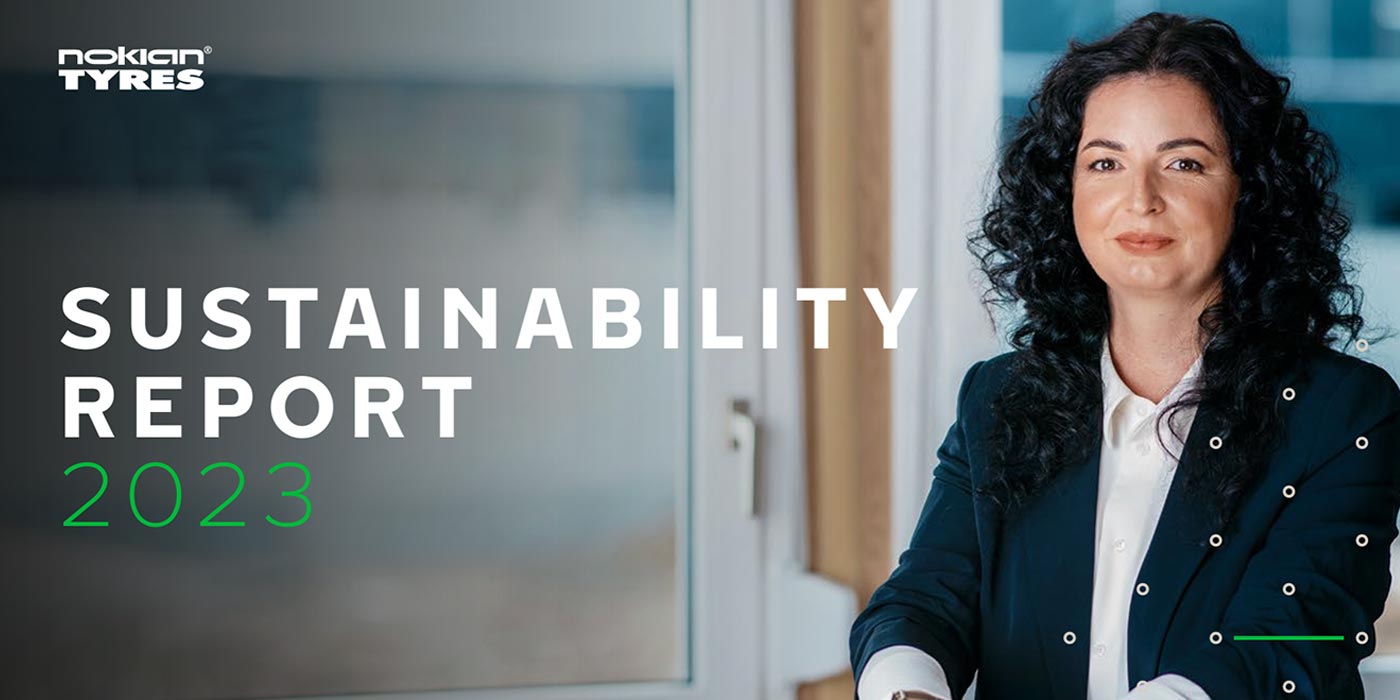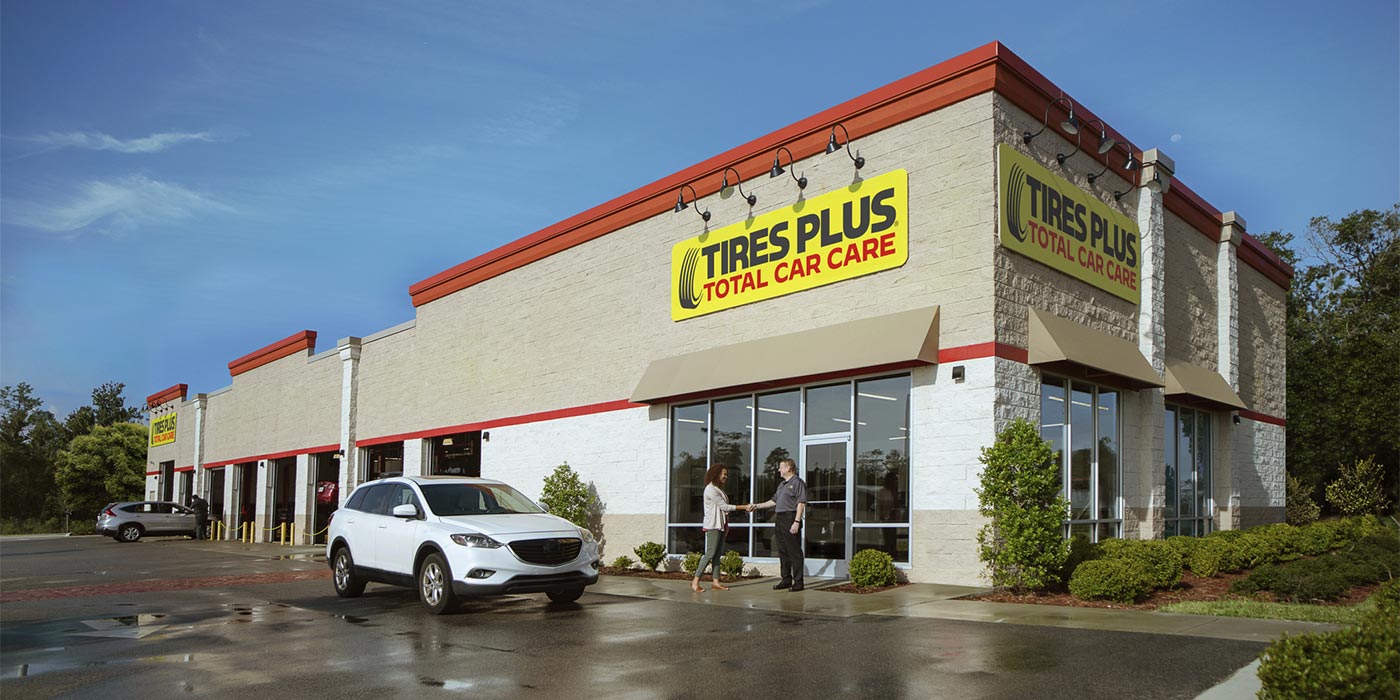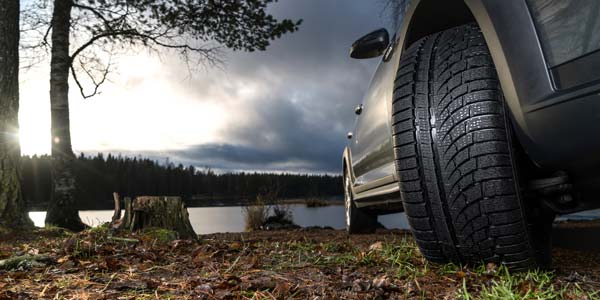
After the first snowstorm of the season, drivers are slipping and sliding on the road and they come to you for a solution to feel safe. So, what do you recommend? A hefty all-season tire, since the first thing out of their mouth was, “How much does it cost?” Or, maybe they’ll pay for a set of strong winter tires, while you store their other set during the winter.
For Howie Fetzer, owner of Fetzer Tire in Southport, Connecticut, the answer is rather simple.
“All-weather tires,” he explains. “Once customers understand that they’ve met severe service standards, and if you explain [to customers] that you would have to have two sets of tires (all-season and winter tires) to accomplish the same sort of safety throughout the year, financially it doesn’t make sense. They don’t want to deal with switching back and forth. You can cover all the bases with one product. That’s a home run!”
But what exactly is an all-weather tire? And as a dealer, should you carry them?
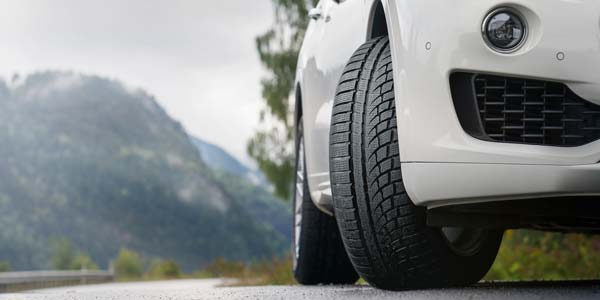
All-Weather vs. All-Season
For years, all-season tires have been the “one size fits all” solution dealers recommend for customers who need a tire for whatever the weather. However, if you sell tires in a place with snowy conditions, or have customers who drive in those conditions, an all-weather tire may be your better bet.
“All-season tires are designed to perform in a wide variety of temperatures and conditions but may prioritize attributes such as wear and ride comfort over snow performance,” says Daniel Kelly, product planner for Bridgestone Americas Tire Operations U.S. and Canada business.
All-season tires have been the “one size fits all” solution dealers recommend for customers who need a tire for whatever the weather. However, if you sell tires in a place with snowy conditions, or have customers who drive in those conditions, an all-weather tire may be your better bet.
“All-weather tires are also designed for year-round performance and are three-peak mountain snowflake certified, meaning they offer more advanced snow performance than all-season tires.”
While every tire manufacturer designs and markets its all-weather and all-season tires differently, Steve Bourassa, director of products and pricing for Nokian Tyres, says to think of the all-weather segment as bridging the gap between the all-season and winter segments.
“Rather than having a mileage compound that might favor handling characteristics or wet grip, the all-weather tire has more characteristics of a winter-type compound that’s accommodated to provide a reasonable amount of mileage for consumers who want to run it year around,” he says.
The tire’s design is also different. “In order to qualify for that three-peak mountain snowflake symbol, you need to have typically more of an aggressive tread design with a higher sipe count than you would find on an all-season tire,” Bourassa adds.
Abhishek Bisht, global head of new markets and channels of Apollo Tyres Ltd., says an all-season tire’s tread and compound are also designed for faster water dissipation and feature stiffer tread blocks for hard handling maneuvers in dry and wet conditions. On the other hand, all-weather tire compounds and patterns are designed for optimal snow and wet traction with some trade-offs in dry and wear life.
All-weather tires are an ideal upgrade for drivers living in regions that experience winter weather but wish to remain on a single set of tires year-round.
While the all-weather may be looked at as an upgrade from an all-season for customers who live in climates with more frequent snow, David Shelton, director of industry relations for Giti Tire USA, says not to be fooled into thinking that an all-weather tire offers the same handling characteristics as a winter tire.
“Does the all-weather save drivers in the north from changing sets of tires twice a year?” Shelton asks. “In many cases, yes. However, there are dedicated winter tires more suitable and with better performance in the harshest winter conditions.”
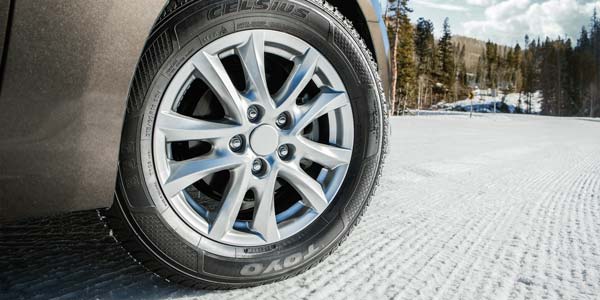
The Ideal Customer
So, how do you know if your customers could benefit from your shop offering all-weather tires? Take a good look at your customer base. Sonny McDonald, national training manager for Toyo Tire USA Corp., says the prime all-weather customer drives in medium- to heavy- snowfall areas or lives in a metro or suburban area where snow plowing could be delayed.
“All-weather tires should also be considered for snowbirds who travel south then drive back into winter driving conditions for the holidays; for customers who live in areas with little to no snow but will travel to their favorite ski or snowboarding resort; college students who drive back and forth and may experience winter conditions; and, finally, any customer who does not want to switch between a dedicated winter and non-winter tire but still experiences all four seasons.”
Kimbrelly Kegler, Michelin’s business segment manager for winter, passenger and light truck, agrees, saying customers who live in the limited markets in the U.S. where there’s more snow or legal requirements for consumers to have tires that meet the 3PMSF (three-peak mountain snowflake) severe snow certification, this tire could be “an option to provide improved snow performance without having to change to a dedicated winter tire.”

Selling the Segment
Fetzer Tire discovered the all-weather segment the way many customers do today: through word of mouth. Howie’s father, Peter, was given a set of Nokian all-weather tires from one of his distributors back in the late 1990s for his rear-wheel-drive BMW, “which are notorious for being horrible in winter conditions,” Howie recalls. He saw how the tires handled in the snow and started offering them to customers. Twenty-some years later, Howie has much of the same sales pitch today.
“The first step in the process is educating the consumer a little bit on the difference between a tire that has met the tire safety standards for wintertime conditions and a traditional all-season tire,” he says. “It’s not just in snowy-type conditions [when] a winter-rated tire gives you much better traction over an all-season tire. It’s in cold temperatures. Period.”
Anytime a consumer states that winter traction is important to them because they’ve had bad experiences in the past, then you know an all-weather tire is a great product you can recommend to replace an all-season tire that will give them added security.
Fetzer says his shop’s approach is to help the customer understand why they’re recommending a certain tire to steer the conversation away from price.
“That’s when the safety aspect really comes into play,” he says. “Even if it’s a $200 price point difference, if you look at safety and wellbeing, [a tire is] the cheapest insurance you can buy for yourself and your family members over two, three, four years.”
Nokian’s Bourassa says a dealer’s main goal should be to understand what performance characteristics are important to the customer.
“Anytime a consumer states that winter traction is important to them because they’ve had bad experiences in the past, or they’ve been sliding around in winter months and it’s made them nervous, then you know an all-weather tire is a great product you can recommend to replace an all-season tire that will give them a little more added security.”
Toyo’s McDonald gives examples of the types of questions dealers can ask to make the best tire recommendation.
“One of the questions a dealer may ask is, ‘what are the worst driving conditions you may face?’ If a customer says snow and ice, then what level and frequency are you driving in those conditions? Do you run separate winter tires?” McDonald says. “Based on the answers the customer gives, you’ll want to ask some additional qualifying questions to help narrow down the options and see if an all-weather tire is most appropriate for your customer. Then, the dealer can offer a good/better/best scenario for that customer.”
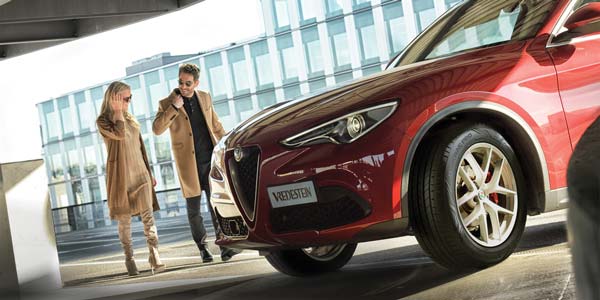
A Growing Segment
We’re starting to see a shift in the marketplace to all weather-tires from all-season tires, says Michelin’s Kegler. She believes for the time being, most manufacturers will have both offers but in different categories.
“We’re continuing to see all-season tires in the ultra-high-performance category as well as the longevity category. However, in the historical ‘grand touring’ category, we’re seeing offers from several manufacturers with all-weather performances without the compromises in wet and wear from the first-generation of all-weather tires launched in North America,” she said. “With this next generation of all-weather tires, we should expect to see solid performances in dry, wet, wear and snow from leading manufacturers that will deliver consumer needs in all parts of the U.S. and Canada.”
As the segment continues to grow and advance, Bridgestone’s Kelly expects that some versions of winter and all-season tires will be replaced with all-weather options. However, the all-weather category most likely won’t completely replace all-season and/or winter tires.
With this next generation of all-weather tires, we should expect to see solid performances in dry, wet, wear and snow from leading manufacturers that will deliver consumer needs in all parts of the U.S. and Canada.
“Top-tier dedicated winter tires offer a level of performance in snow and ice that is unmatched by all-weather offerings. The same can be said for the wear life and ride comfort delivered by all-season tires,” he explains. “In the current market, dealers will need to determine which tires to carry based on their region and climate.”
Apollo’s Bisht encourages dealers to accept the segment as it builds in popularity and embrace the opportunities for profit that it presents.
“The latest generation of all-weather tires has an equivalent level of wet performance as all-season tires, with better snow traction capability,” he says. “This means all-weather tires can be sold at a premium given the three-peak mountain snowflake certification.”

